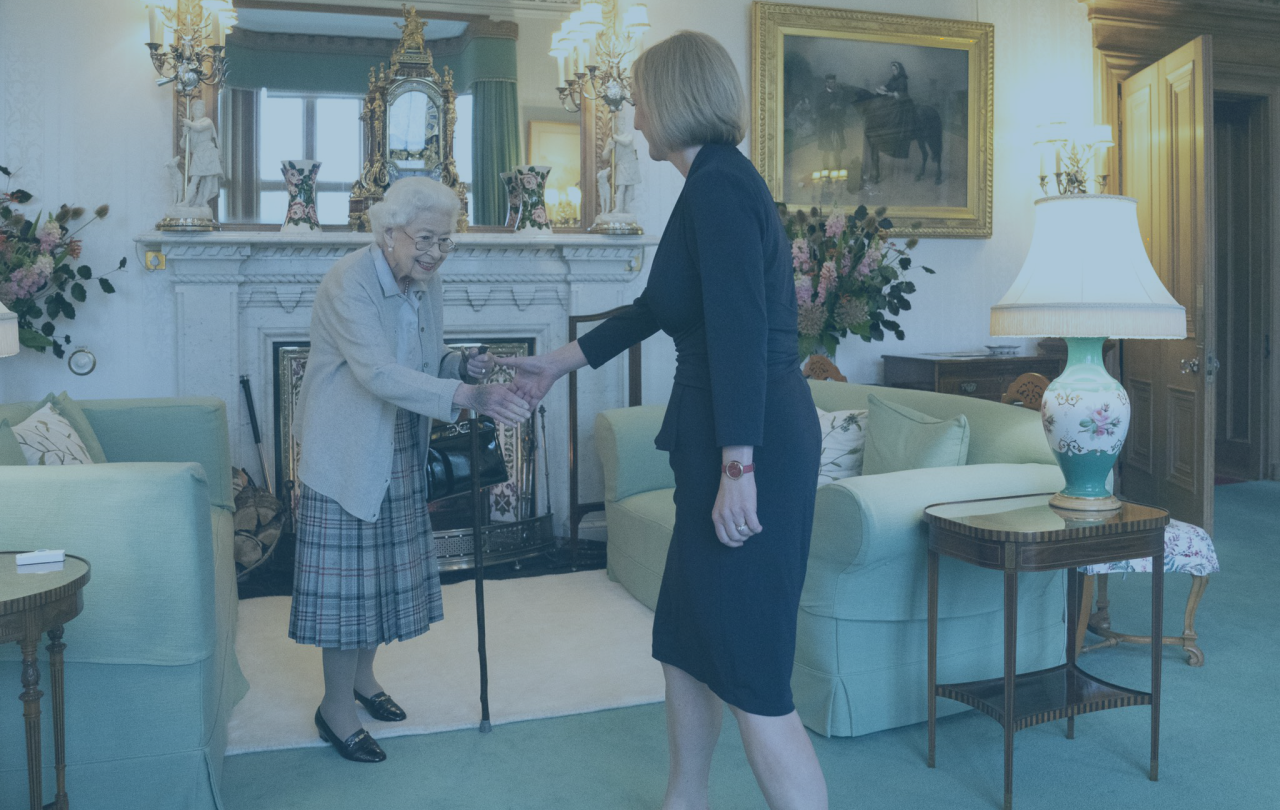
Just about the last constitutional act of our late Queen was to give an audience to Liz Truss, the (temporary as it turned out) Prime Minister and to ask her to form a government. The pictures of a frail but smiling monarch, weakened, but still doing her job, couldn’t help but evoke a mix of admiration and affection, especially when we look back and consider that this was just two days before she died.
But those pictures raised some questions. A Prime Minister, and a political party that forms a government, is normally chosen by the people. Queen Elizabeth was not. Neither is King Charles. She was, and he now is, our monarch by virtue of birth, something that can seem scandalous to republicans, and even to many who liked the Queen, or admire the King as decent people, but have their doubts about the monarchy. To our democratic instincts, it feels, at least to some, distinctly odd, a relic of a hierarchical past, a hangover from a less enlightened age.
But perhaps something more significant was hidden in that act. The idea of a constitutional monarch – a figure whose position is out of our hands, as it were – formally asking a politician to form a government - acts as a reminder to us that the will of the people is not the last word, or even the first word. It tells us that, important as democracy is (‘the worst form of government except for all those other forms that have been tried from time to time’, as Winston Churchill famously put it), there is an order, an authority that stands above and beyond the will of the people. When it has worked well, the monarchy, a source of rule above that of people and parliament, has always been a symbol and pointer to a divine authority that can work through, but essentially stands above all human government.
Because, of course, ’the will of the people’, and governments that claim to enact the will of the people, sometimes get things badly wrong. History, even that of democracies, is littered with tales of nations that have elected bad governments, or regimes that went on to enact a rule of terror in the name of ‘the people’, or where a majority has oppressed minorities. Republics of various kinds have ended up as oppressive and authoritarian. Even Hitler was elected in the first place.
That a Prime Minister only governs at the pleasure of the Monarch is a reminder of a deeper truth - that all governments are subject to a higher accountability.
Of course, there are good monarchs and bad ones. For most of our lives, those of us who live in the UK are fortunate to have had a very good monarch in Queen Elizabeth, and we hope and pray Charles will prove to be one too. Bad monarchs, whose personal failings and moral selfishness betray the office they hold, blur the picture. They tell a different story, that authority is in itself abusive, oppressive and not to be trusted. But at its best, the continuous institution of the monarchy has served as an anchor for us, pointing away from itself to an unchanging divine presence in the course of history. The fact that a Prime Minister only governs at the pleasure of the Monarch is a reminder of a deeper truth - that all governments are subject to a higher accountability, to a moral law they did not invent, a law that tempers justice with mercy, that our lives are subject to a deeper and more lasting reality than the shifting sands of politics or times and that there is an even higher loyalty than that which we may have felt to our late Queen, or to our democratic political system.
At the coronation, King Charles will be presented with an orb – a symbol of the world with a cross perched on top of it. It is a sign that ultimate power in this world belongs not to the King, or even the people, but to God. It is a reminder to the King, and to us, that he (and we) are accountable to an authority that stands beyond our own desires, or even the general will of the people. It is an authority represented by a cross – the symbol of love and self-sacrifice for the good of our neighbour, or even our enemy. It is one of those valuable reminders that stops any ruler from starting to think he can become a despot.
As our constitutional system has evolved, it is the custom that Monarchs don’t get involved in the nitty-gritty of politics and it’s vital that they don’t. That is left, quite properly, to the crucial hard work of democratically elected government and politicians, who have to get on with the important but messy business of governing, working out what to do about the cost of living crisis, how to respond to conflict in Ukraine, or how to respond to those fleeing to our shores from war-torn or poverty-stricken parts of the world.
The monarchy is a symbol of ultimate permanence, not the source of that permanence
Over past decades, Queen Elizabeth kept to this custom. She avoided expressing opinions on particular political issues and disputes because that wasn’t her role. Her role was to be a reminder that there is an order of things beyond the temporal, a moral structure to the world that is just given, not created by us, a structure that tells us that compassion, truthfulness, integrity, justice and honesty matter in all the calculations and compromises of political decision making.
The Queen’s death removed something steady and sure from our lives, as most of us have never known another monarch. Her death shook our sense of permanence, as the Archbishop of Canterbury put it at her funeral. Many of the vox pops we heard during the period of mourning pointed to that longing for permanence, the sense she gave of something enduring and reliable. Yet she was a symbol of ultimate permanence, not the source of that permanence.
As King Charles is crowned, he becomes a pointer to the unshakeable and steady presence that surrounds us, upholds us and all things - the God that Christians see revealed in Jesus Christ. Queen Elizabeth understood that and showed it in her own faith – the one aspect of her personal life that she was quite open about. And there are signs that King Charles understands that too. Faith in that God is meant to be the foundation of a monarch’s rule. It can also provide a sure foundation for our individual and less public lives too, a sense of permanence in the changes and chances of this fleeting and unstable world.





